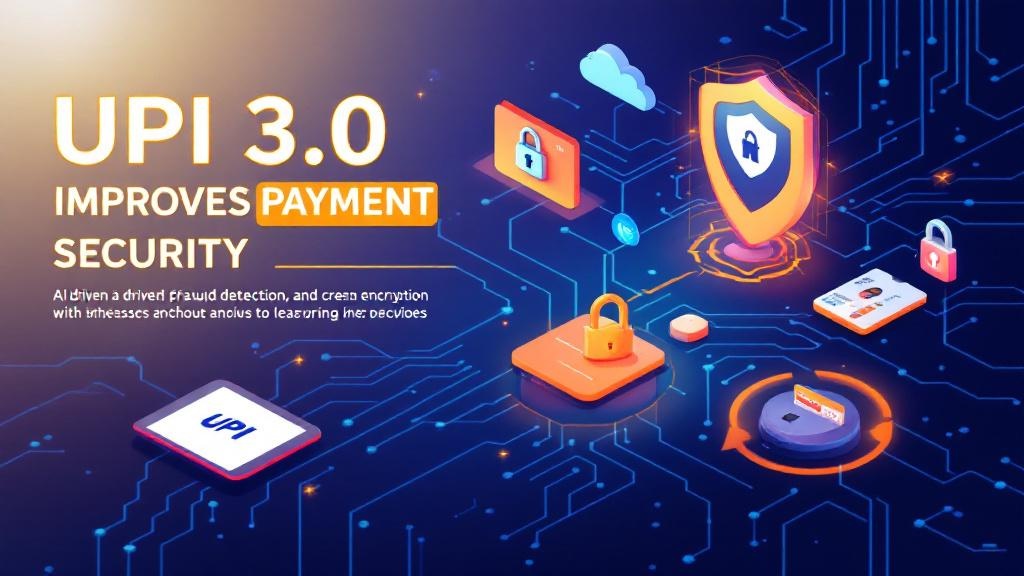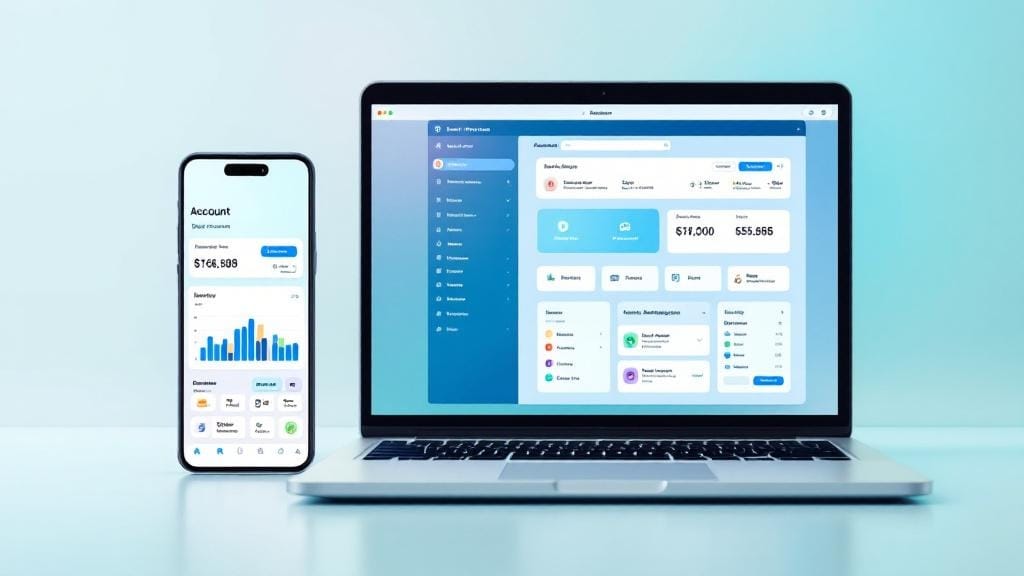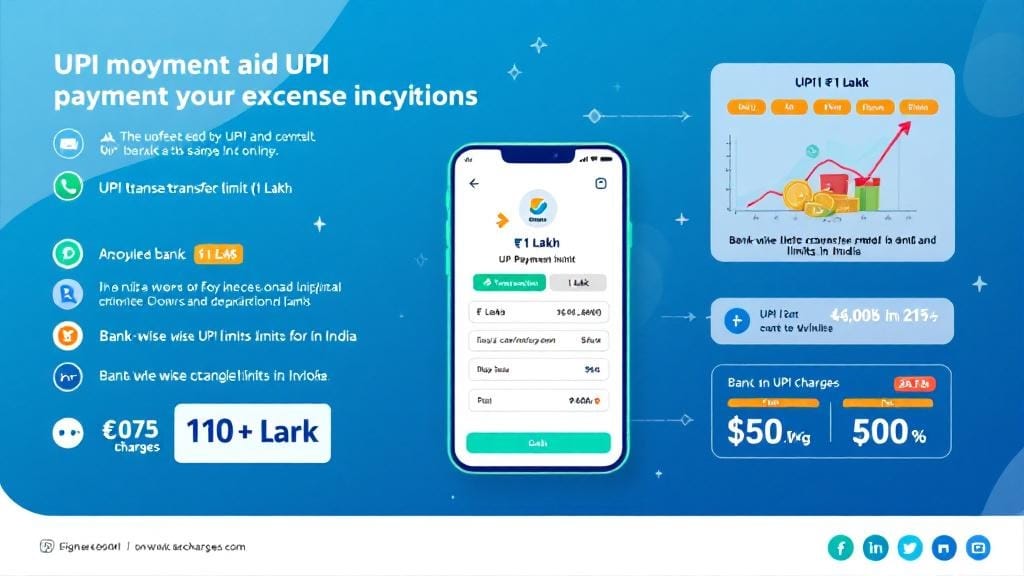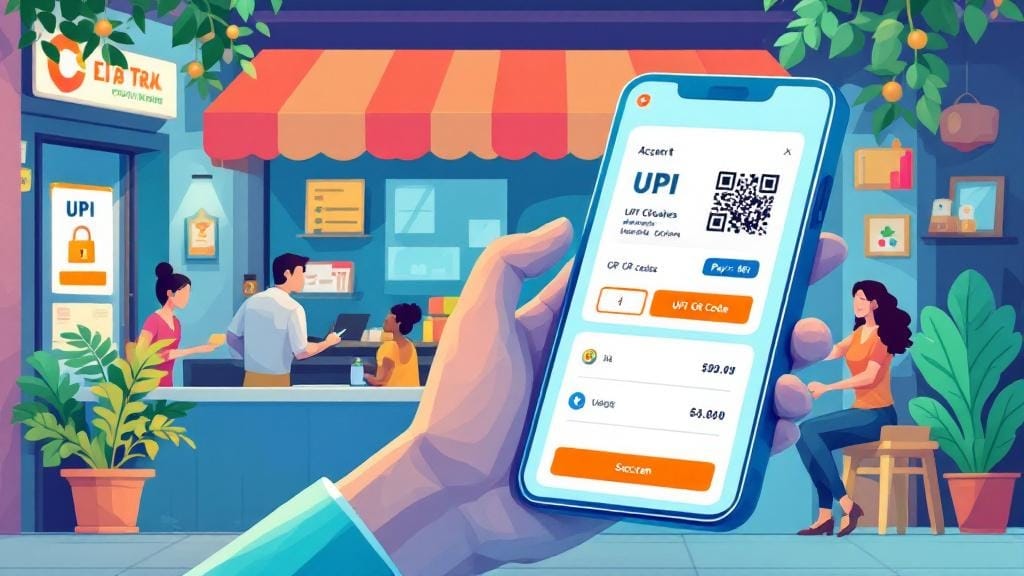The digital payment landscape in India has undergone a major transformation with the introduction of UPI (Unified Payments Interface) 3.0. With each update, UPI continues to enhance the security and user experience of digital transactions. UPI 3.0 is a game-changer for payment security, and understanding how it works is crucial for anyone involved in digital transactions, whether you’re a consumer, merchant, or fintech professional.
In this article, we’ll dive into the various ways UPI 3.0 improves payment security, including the new features, fraud prevention measures, and the impact of the latest guidelines from the Reserve Bank of India (RBI). We’ll also compare UPI 3.0 with its predecessor, UPI 2.0, and discuss how it strengthens the trust and safety of the entire UPI ecosystem.
What is UPI 3.0 and How Does it Improve Payment Security?
UPI 3.0 is the latest version of the Unified Payments Interface, a real-time payment system developed by the National Payments Corporation of India (NPCI). It is designed to allow users to make seamless, secure digital payments across different banks and financial institutions in India. The primary goal of UPI 3.0 is to enhance the security of these transactions by incorporating advanced safety measures, such as improved authentication methods, fraud detection systems, and encryption techniques.
Key Features of UPI 3.0 That Improve Payment Security
1. Enhanced Authentication Protocols
One of the standout features of UPI 3.0 is the improved authentication mechanisms that make it harder for unauthorized users to access your UPI account. The update introduces features such as two-factor authentication (2FA) and biometric authentication for added protection.
These measures not only make it more difficult for fraudsters to complete unauthorized transactions but also ensure that payments are made with the explicit consent of the user. As a result, UPI 3.0 authentication becomes much more reliable and secure.
2. AI-Powered Fraud Detection Systems
UPI 3.0 includes an AI-driven fraud detection system that scans transactions in real time to identify suspicious activities. The system analyzes transaction patterns and flags anomalies that could indicate fraud or unauthorized access.
For example, if there is a sudden surge in the transaction amount or frequency, the system will raise an alert and even temporarily block the transaction until further verification is completed. This makes UPI 3.0 fraud detection a crucial tool in protecting users from cybercriminals.
3. Better Risk Management Protocols
The UPI 3.0 risk management feature is designed to help banks and payment gateways manage the security risks associated with digital transactions. By monitoring and assessing the risk levels of each transaction in real-time, UPI 3.0 helps prevent potential security breaches before they can occur.
For instance, if a user initiates a payment from an unrecognized device or location, the system may prompt for additional verification. This ensures that only the legitimate user can complete the transaction, mitigating the chances of fraud or unauthorized access.
4. RBI UPI 3.0 Guidelines and Regulatory Compliance
The Reserve Bank of India (RBI) has set specific guidelines to ensure the security and safety of digital transactions under UPI 3.0. These guidelines require banks and financial institutions to adhere to strict standards for encryption, data protection, and transaction monitoring. The inclusion of these regulatory measures ensures that all UPI transactions meet the highest security standards.
By following these NPCI guidelines, UPI 3.0 provides users with a secure and trustworthy environment for their digital payments.
5. End-to-End Encryption
UPI 3.0 enhances transaction privacy by implementing payment gateway encryption technology. End-to-end encryption ensures that all data exchanged during the transaction process is securely encrypted and cannot be intercepted by malicious actors.
This encryption protects sensitive user information such as UPI IDs, bank account details, and transaction history, making it nearly impossible for hackers to gain access to confidential data during a transaction.
6. Additional Security Measures for QR Code Payments
With the rise of QR code payments in India, UPI 3.0 addresses potential vulnerabilities in QR-based transactions. The update introduces features that ensure QR codes are encrypted and securely linked to the payment request. This minimizes the risk of QR code spoofing, which is a common method used by fraudsters to mislead users into making fraudulent payments.
UPI 3.0 vs. UPI 2.0: What’s Different in Terms of Security?
UPI 3.0 is a major step up from its predecessor, UPI 2.0, particularly in terms of security. Below are some key differences between UPI 2.0 and UPI 3.0:
Authentication: UPI 3.0 introduces more robust authentication protocols, including biometric and two-factor authentication, compared to UPI 2.0’s simpler PIN-based system.
Fraud Detection: UPI 3.0 uses AI-powered fraud detection, whereas UPI 2.0 lacked this advanced feature.
Encryption: UPI 3.0 employs stronger encryption methods for transaction data, providing better privacy and data protection compared to UPI 2.0.
Risk Management: UPI 3.0 includes real-time risk assessment to prevent fraudulent activities, which was not present in UPI 2.0.
These enhancements make UPI 3.0 a far more secure platform for digital payments than its predecessor, UPI 2.0.
How UPI 3.0 Ensures Secure Online Transactions
Secure UPI transactions are crucial in an age where digital payments are becoming the norm. UPI 3.0 ensures that transactions are not only fast but also secure, with multiple layers of protection. Whether you’re making a payment through a mobile payment security app or using a payment gateway, UPI 3.0’s security measures work in the background to prevent unauthorized access.
The system uses several safeguards such as payment fraud prevention protocols, real-time transaction monitoring, and mobile banking security practices to keep your data safe during every transaction.
Impact of UPI 3.0 on Fintech in India
With the growth of fintech in India, security has become a top priority for both users and service providers. UPI 3.0’s security features ensure that fintech apps can offer secure online transactions without compromising user safety. By integrating UPI 3.0’s features, fintech companies can boost their reputation and trust among users, knowing that their transactions are fully protected.
FAQs: UPI 3.0 Security
1. What is UPI 3.0 authentication?
UPI 3.0 authentication involves advanced methods like biometric and two-factor authentication to ensure secure access to your UPI account.
2. How does UPI 3.0 prevent fraud?
UPI 3.0 uses AI-driven fraud detection systems that monitor transactions in real time and flag suspicious activities, preventing unauthorized payments.
3. What is the launch date of UPI 3.0?
The official launch of UPI 3.0 was announced in 2021.
4. How does UPI 3.0 compare to UPI 2.0?
UPI 3.0 has more advanced security features such as AI fraud detection, stronger encryption, and improved authentication protocols compared to UPI 2.0.
5. What are the RBI UPI 3.0 guidelines?
The RBI guidelines for UPI 3.0 ensure that banks follow strict security protocols, including encryption, risk management, and fraud detection standards to protect users.
6. How does UPI 3.0 ensure secure QR code payments?
UPI 3.0 ensures that QR codes used for payments are securely encrypted and linked to the payment request to prevent spoofing and fraud.
7. Why is UPI 3.0 important for mobile banking security?
UPI 3.0 adds extra layers of security, such as end-to-end encryption and real-time fraud detection, which enhance mobile banking security for users.
Conclusion
UPI 3.0 is a significant upgrade in payment security, providing advanced features that protect users from fraud and unauthorized access. With enhanced UPI 3.0 authentication, AI-driven fraud detection, stronger encryption, and compliance with RBI UPI 3.0 guidelines, users can trust that their digital transactions are safer than ever before.
Whether you’re using QR code payments, mobile payment apps, or traditional banking services, UPI 3.0 offers a secure and reliable platform for all your digital payment needs.








Comments (0)